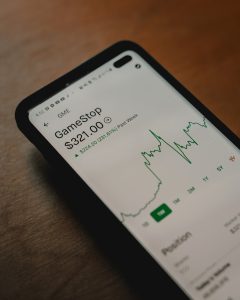Supply and demand zones are critical areas on a price chart where buyers and sellers are actively participating in the market. These zones play a significant role in identifying potential trading opportunities for forex traders. Understanding the supply and demand zones can help traders make informed decisions about when to enter or exit a trade. In this article, we will explore how to find supply and demand zones in forex trading.
1. Identify the Trend
The first step in finding supply and demand zones is to identify the trend. Understanding the trend will help you determine the overall direction of the market. You can use technical tools such as moving averages, trend lines, or price action to identify the trend. Once you have identified the trend, you can focus on finding supply and demand zones in that direction.
2. Draw Support and Resistance Levels
The next step is to draw support and resistance levels on the chart. Support levels are areas where buyers are expected to enter the market, while resistance levels are areas where sellers are expected to enter. These levels can be identified using technical tools such as trend lines, Fibonacci retracements, or pivot points.
3. Look for Price Consolidation
Price consolidation is a period where the price moves in a tight range without any significant movement in either direction. These periods indicate that the market is undecided, and traders are waiting for a significant move in either direction. Price consolidation can be an indicator of a potential supply or demand zone, as it shows that there is a balance between buyers and sellers.
4. Look for Price Reversals
Price reversals are a significant indicator of potential supply and demand zones. These are areas where the market has changed direction, and traders have entered or exited the market. You can identify price reversals by looking for significant price movements or candlestick patterns such as doji or engulfing candles.
5. Look for Volume Spikes
Volume spikes are a significant indicator of potential supply and demand zones. These are areas where there is a significant increase in trading volume, indicating that traders are actively participating in the market. Volume spikes can be identified using technical tools such as volume indicators or by looking for significant price movements accompanied by high trading volume.
6. Look for Market News
Market news can be a significant indicator of potential supply and demand zones. Market news can have a significant impact on the forex market, causing traders to enter or exit the market. You can stay informed about market news by following economic calendars, news websites, or social media.
Conclusion
In conclusion, finding supply and demand zones in forex trading requires a combination of technical analysis and market knowledge. Understanding the trend, drawing support and resistance levels, looking for price consolidation, price reversals, volume spikes, and market news can help you identify potential trading opportunities. As with any trading strategy, it is essential to practice risk management and have a disciplined approach to trading. By following these steps, you can improve your ability to find supply and demand zones in forex trading.





